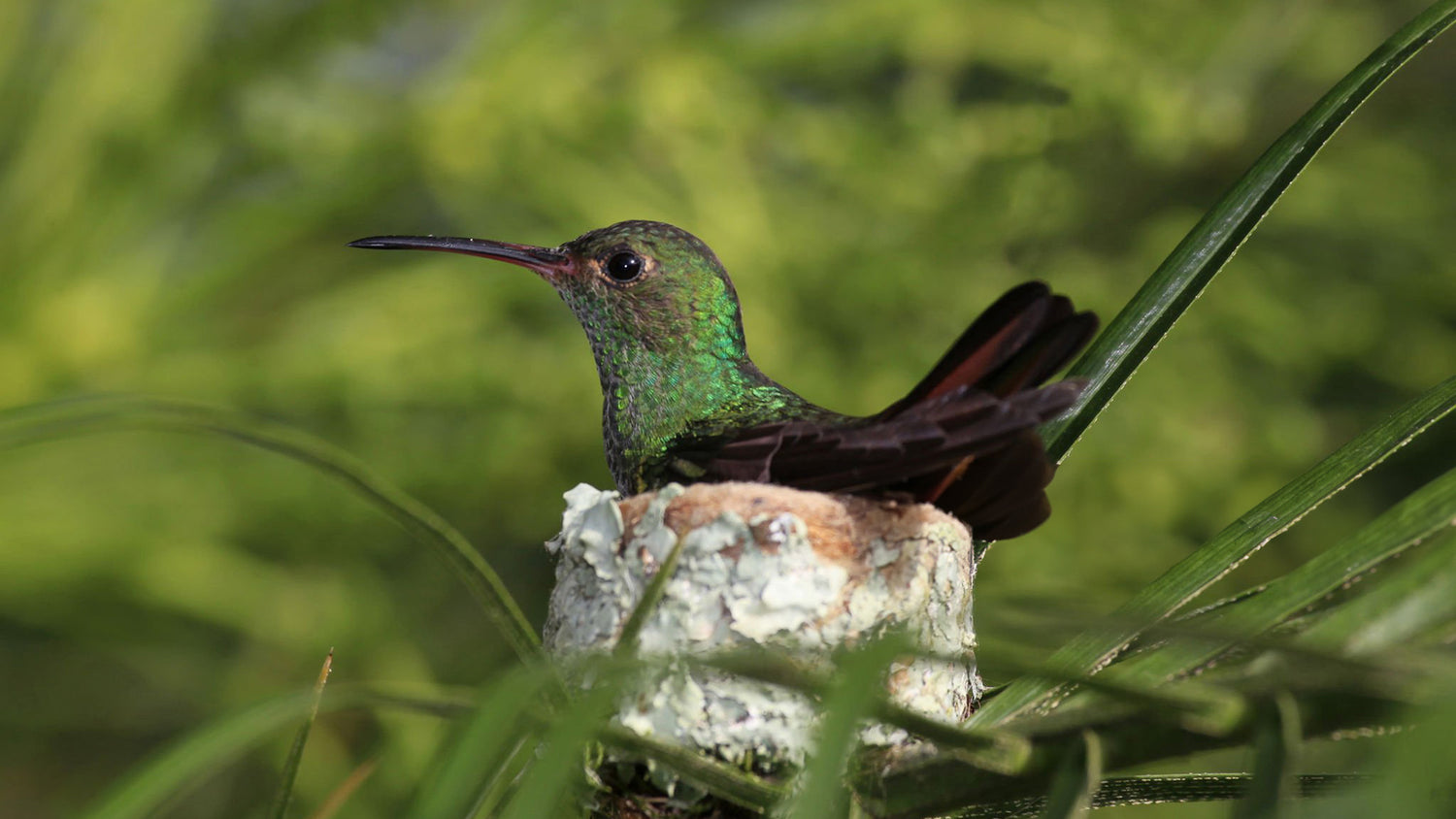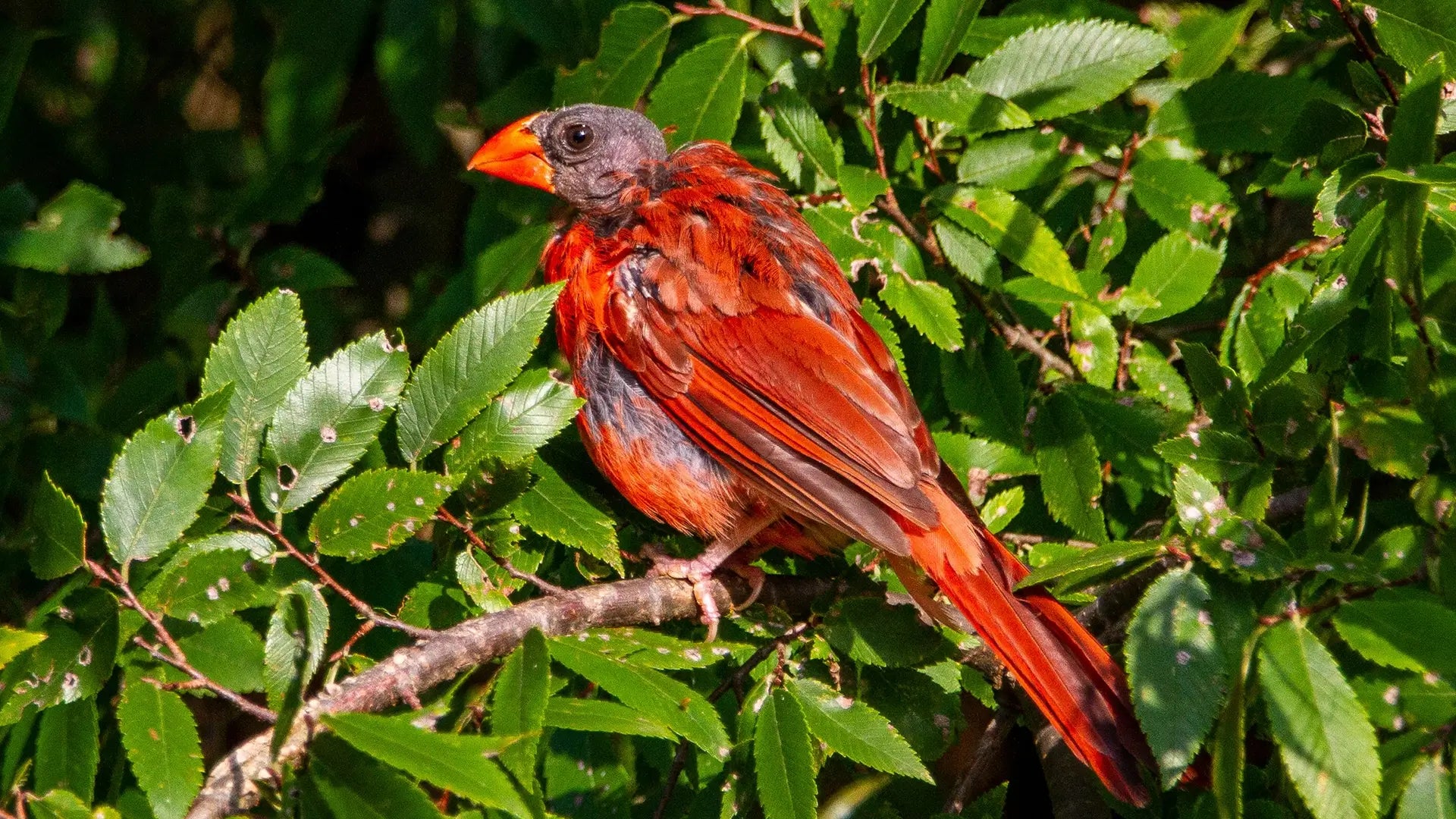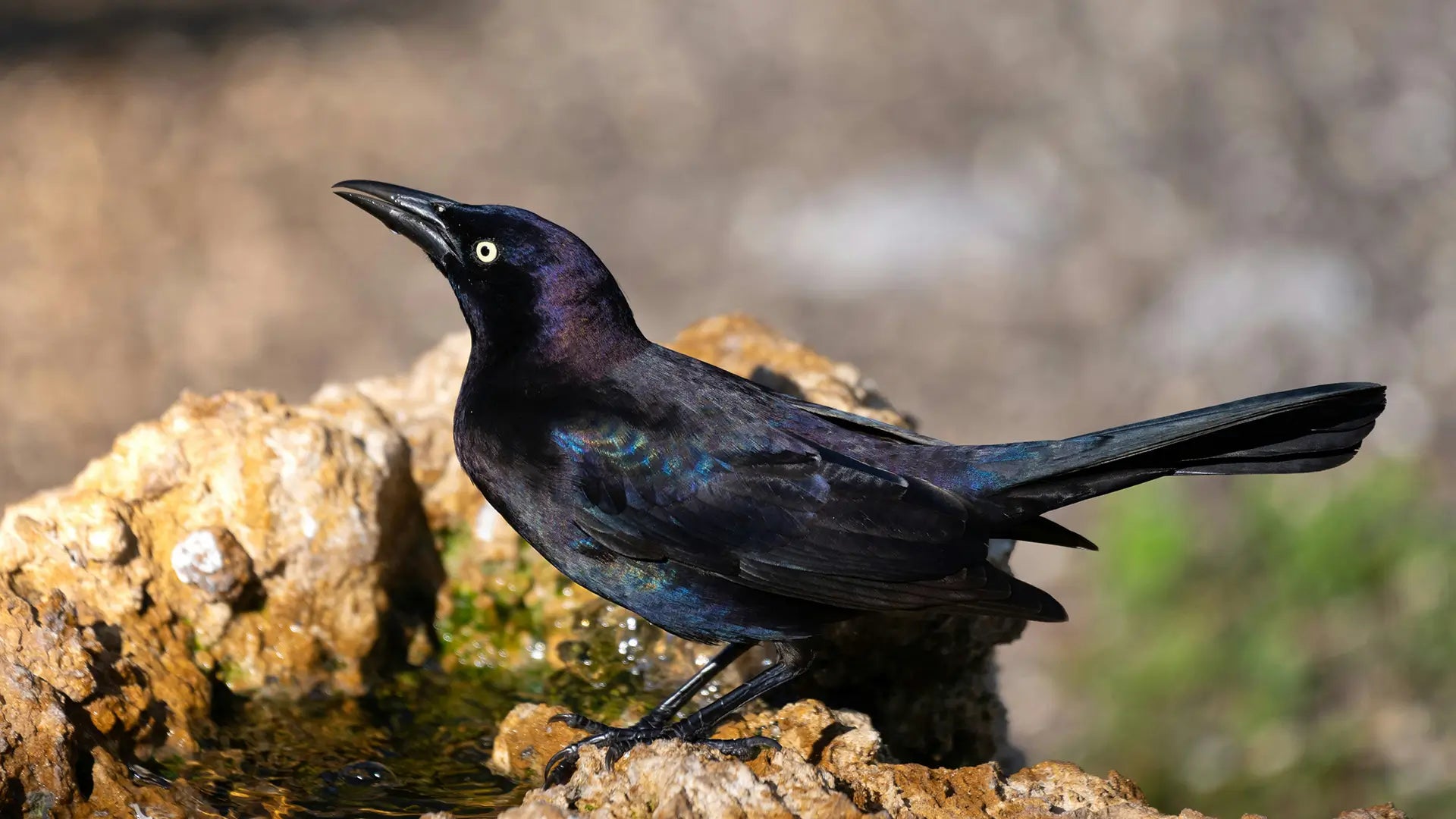The hatching of hummingbird eggs epitomizes nature's delicate balance and adaptability.
The hatching process of hummingbird eggs is a remarkable natural phenomenon, filled with delicate balances and adaptability. From the meticulous selection of nesting sites by the hummingbird mother to the first flight of the chicks, every stage showcases the wonders of life. This article delves into the hatching time of hummingbird eggs, revealing the scientific and ecological significance of this process.

The Beginning of Hummingbird Hatching
Do Hummingbirds Hatch from Eggs?Like all birds, hummingbirds hatch from eggs. The female lays one to two tiny eggs, which she then incubates diligently until they hatch. These eggs are typically white and about the size of a jellybean. This process not only demonstrates the reproductive strategy of hummingbirds but also reflects their adaptability to the environment.

Timing and Synchronization of Hatching
Do Hummingbird Eggs Hatch at the Same Time? Hummingbird eggs usually hatch within a day or two of each other, allowing the mother to focus her energy on feeding the first hatchling while the second egg completes its incubation. This staggered hatching pattern is common among species like the Allen's Hummingbird and the Ruby-throated Hummingbird.
How Long Does It Take for Hummingbird Eggs to Hatch? The incubation period for hummingbird eggs typically ranges from 14 to 21 days, depending on the species and environmental factors. For instance, it usually takes about 16 to 18 days for Ruby-throated Hummingbird eggs to hatch. During this time, the female sits on the eggs almost constantly, only leaving briefly to feed, ensuring the eggs are kept at a consistent, warm temperature crucial for their development.
Controlling the Hatching Environment
How to Hatch Hummingbird Eggs in a Controlled EnvironmentHatching hummingbird eggs in an artificial setting requires precise control over temperature and humidity, and mimicking the mother's natural behavior, such as regularly turning the eggs. Key steps include:
- Creating a Nest-Like Environment: Use a small, secure container lined with soft materials to mimic a natural nest.
- Maintaining Optimal Temperature: Keep the eggs at a constant temperature of around 96-98 degrees Fahrenheit, achievable with a specialized incubator.
- Monitoring Humidity Levels: Ensure the humidity is kept at about 50-60% to prevent the eggs from drying out.
- Regularly Turning the Eggs: Gently turn the eggs several times a day to mimic the mother’s natural behavior and prevent the embryos from sticking to the shell.
- Monitoring for Signs of Hatching: As the hatching time approaches, listen for faint peeping sounds and watch for small cracks in the eggshells.

Life After Hatching
What Happens After Hummingbird Eggs Hatch?After the eggs hatch, the mother's role shifts to feeding and protecting the newborn chicks. These chicks are initially helpless, blind, and featherless, relying entirely on their mother for warmth and nourishment. The mother feeds them a diet of regurgitated nectar and small insects, providing the necessary proteins for their growth. Over the next few weeks, the chicks will grow rapidly, developing feathers and increasing in size.

Seasonality of Hatching
What Month Do Hummingbird Eggs Hatch?Hummingbird eggs typically hatch during the warmer months, usually between May and September. This timing ensures that the chicks are born during periods of abundant food availability, increasing their chances of survival. For example, in North America, Ruby-throated Hummingbirds’ eggs often hatch in late spring to early summer, while other species in different regions might have slightly different hatching times.

Success Rates of Hatching
How Many Eggs Do Hummingbirds Hatch? Typically, hummingbirds lay one to two eggs per nesting cycle. While it is rare, some nests might contain three eggs. The small clutch size is balanced by the mother’s intense dedication to the care and feeding of her young. The limited number of eggs allows the mother to provide adequate attention and resources to each chick, increasing their chances of survival.
What If Only One Hummingbird Egg Hatches? Occasionally, only one egg in a clutch will hatch. This can happen due to various reasons, such as infertility, environmental stressors, or predation. If only one egg hatches, the mother will focus all her attention on the single chick, ensuring it receives ample food and protection. While having only one hatchling might seem disadvantageous, it can sometimes lead to a higher survival rate for that chick due to the undivided attention it receives.
Possibility of Artificial Hatching
Can Hummingbird Eggs Hatch without a Mother? In natural settings, it is highly unlikely for hummingbird eggs to hatch without the presence of the mother. The constant warmth and protection provided by the mother are crucial for the eggs' development. However, in controlled environments with the proper equipment, such as incubators, it is possible to hatch hummingbird eggs without the mother. This process requires meticulous attention to temperature, humidity, and egg handling to mimic the mother’s natural care.
Conclusion: The hatching time of hummingbird eggs is a crucial aspect of their reproductive cycle, intricately linked to their survival and adaptability. From the selection of nesting sites and the precise incubation period to the dedicated care provided by the mother, each step in the process is a marvel of nature's design. Understanding these behaviors not only enriches our knowledge of hummingbirds but also highlights the delicate balance required to support their populations. As we continue to study and appreciate these tiny, vibrant birds, we gain deeper insights into the complexities of avian life and the broader ecosystems they inhabit.
The miracle of hummingbird hatching makes us cherish these delicate little creatures even more. By planting suitable vegetation and providing a stable food source, such as using the Birdhi Ultra Smart Bird Feeder, you can create an ideal habitat for hummingbirds while enjoying the joy of observing them.






Leave a comment
All comments are moderated before being published.
This site is protected by hCaptcha and the hCaptcha Privacy Policy and Terms of Service apply.